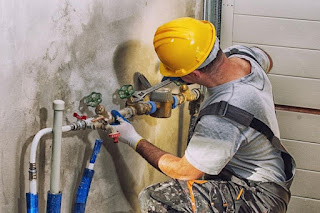What are the four types of drainage systems?
ADAM Builders - Trusted Drainage and Emergency Drainage Services in Richmond, with over a decade of experience, we have been delivering reliable and professional solutions to property owners in Richmond. The four main types of drainage systems are:
- What is the Surface Drainage?
- How to clean Subsurface Drainage?
Cleaning subsurface drainage systems involves a few key steps. First, locate the outlet or access point of the system. Then, use a drain auger or high-pressure water jetting to remove any obstructions, such as roots or debris, from the pipes. If necessary, a vacuum truck can be employed to extract accumulated sediment or silt from the drains. Regular inspections should be conducted to identify and address potential issues promptly. It is also important to maintain proper grading and ensure that the inlet structures are clear of any blockages. Regular maintenance and cleaning of subsurface drainage systems help to optimize their efficiency and prevent waterlogging.
- What is French Drain?
A French drain is a type of subsurface drainage system designed to manage and redirect excess water away from specific areas, such as foundations, basements, or low-lying regions. It consists of a trench filled with gravel or rock and a perforated pipe wrapped in geotextile fabric. The trench is typically sloped to facilitate water flow. When water enters the trench, it filters through the gravel or rock, enters the perforated pipe, and is then carried away from the problem area, either by gravity or with the assistance of a sump pump. French drains help to alleviate water accumulation, prevent water seepage into structures, and protect against potential water damage.
- How to Clean Combined Sewer System?
Cleaning a combined sewer system, which carries both sanitary sewage and stormwater runoff, is a complex process typically undertaken by specialized professionals. It involves the following steps: 1) Inspection using closed-circuit television (CCTV) cameras to identify blockages, cracks, or other issues. 2) Mechanical cleaning using high-pressure water jets or augers to dislodge and remove debris and sediment. 3) Vacuum trucks may be used to extract accumulated solids and wastewater from the system. 4) Regular maintenance and monitoring are essential to prevent overflows and ensure proper functioning. Local sewer authorities usually handle the cleaning and maintenance of combined sewer systems to minimize pollution and protect public health and the environment.
These four types of drainage systems serve different purposes and are employed based on specific requirements and conditions to manage and control water effectively.



Comments
Post a Comment